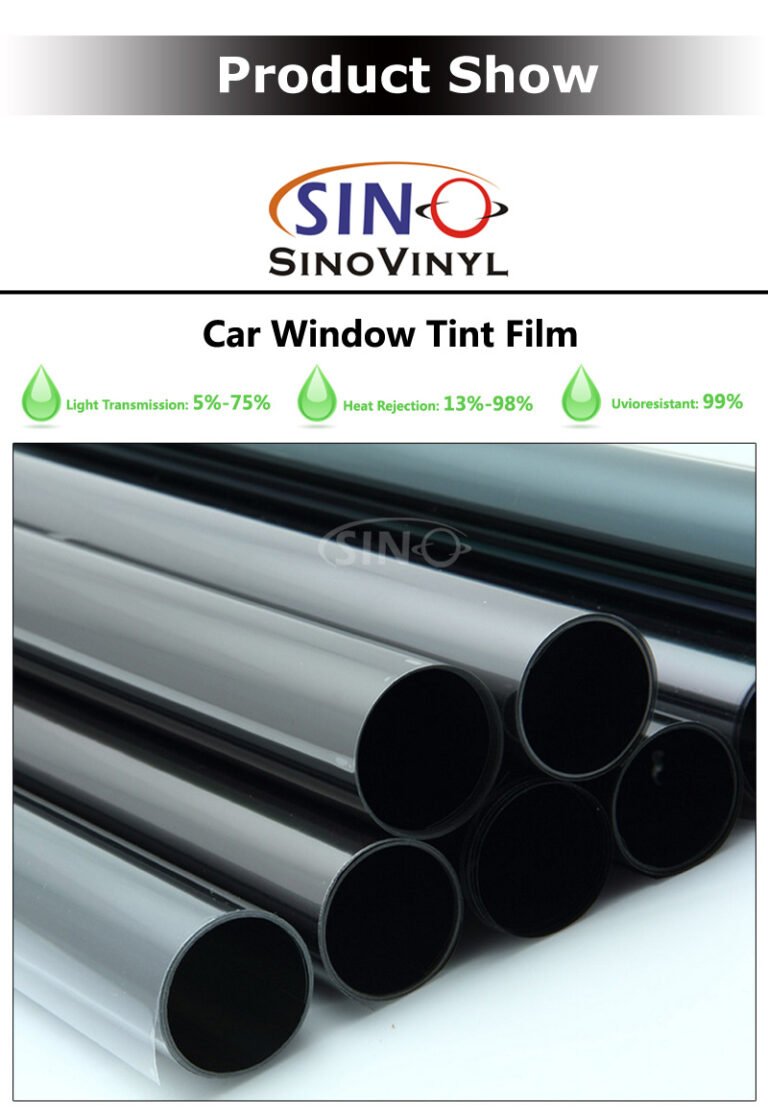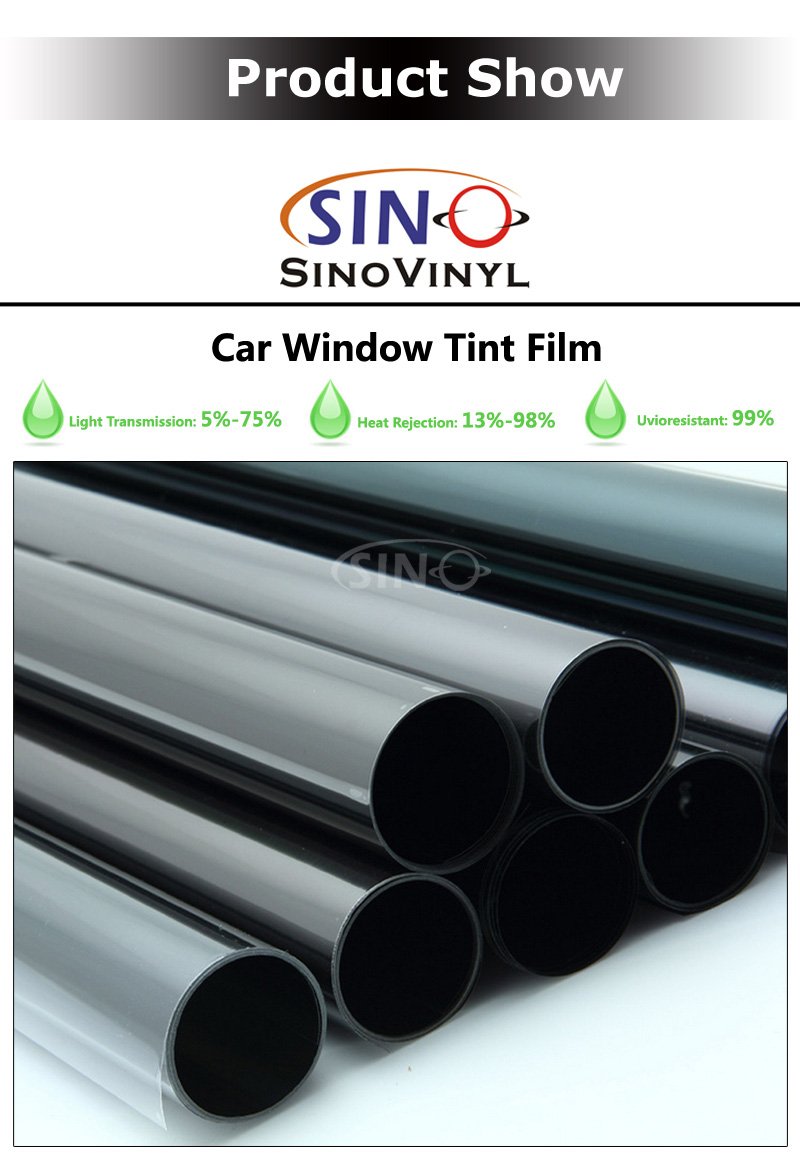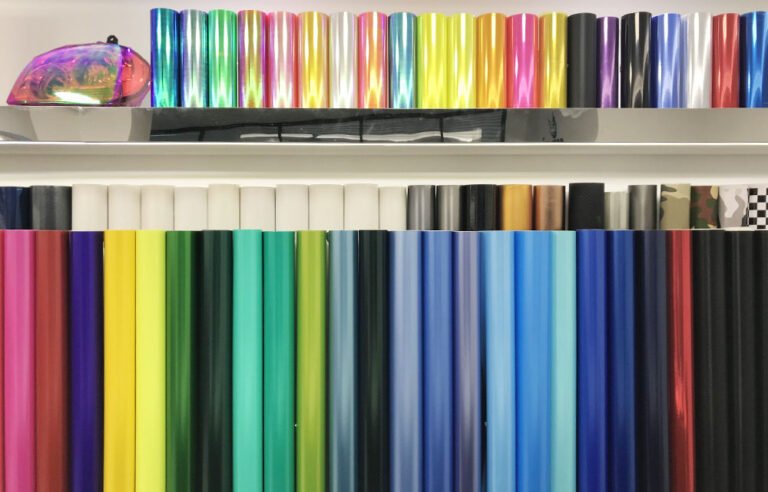Understanding the Types and Varieties of Window Glass Films
Window glass films come in various types and varieties, each offering unique features and benefits. Here are some of the most common types of window glass films:
- Privacy Films: Privacy films are designed to obscure the view from outside, providing privacy during the day and night. They are often used in bathrooms, bedrooms, or areas where seclusion is desired. Privacy films can be frosted, etched, or textured.
- Decorative Films: Decorative films are designed to enhance the aesthetics of windows. They come in various patterns, colors, and designs, allowing you to add style and personality to your space. Decorative films are popular in residential and commercial settings.
- Solar Control Films: Solar control films are designed to manage heat and sunlight. They can help reduce glare, block harmful UV rays, and minimize solar heat gain, resulting in improved energy efficiency and increased comfort. Solar control films are commonly used in offices, homes, and buildings where sun control is important.
- Safety and Security Films: Safety and security films are designed to strengthen windows and prevent shattering. These films are made of durable materials that hold the glass together when it breaks, providing protection against accidents, forced entry, and severe weather conditions.
- Anti-Glare Films: Anti-glare films are designed to reduce glare and reflection on glass surfaces. They are particularly useful in offices, conference rooms, and spaces with excessive sunlight. Anti-glare films improve visibility and create a more comfortable environment for work or leisure.
It’s important to note that these are just a few examples of window glass film types and varieties. Each type may have further variations and customization options, allowing you to choose the film that best suits your specific needs and preferences.
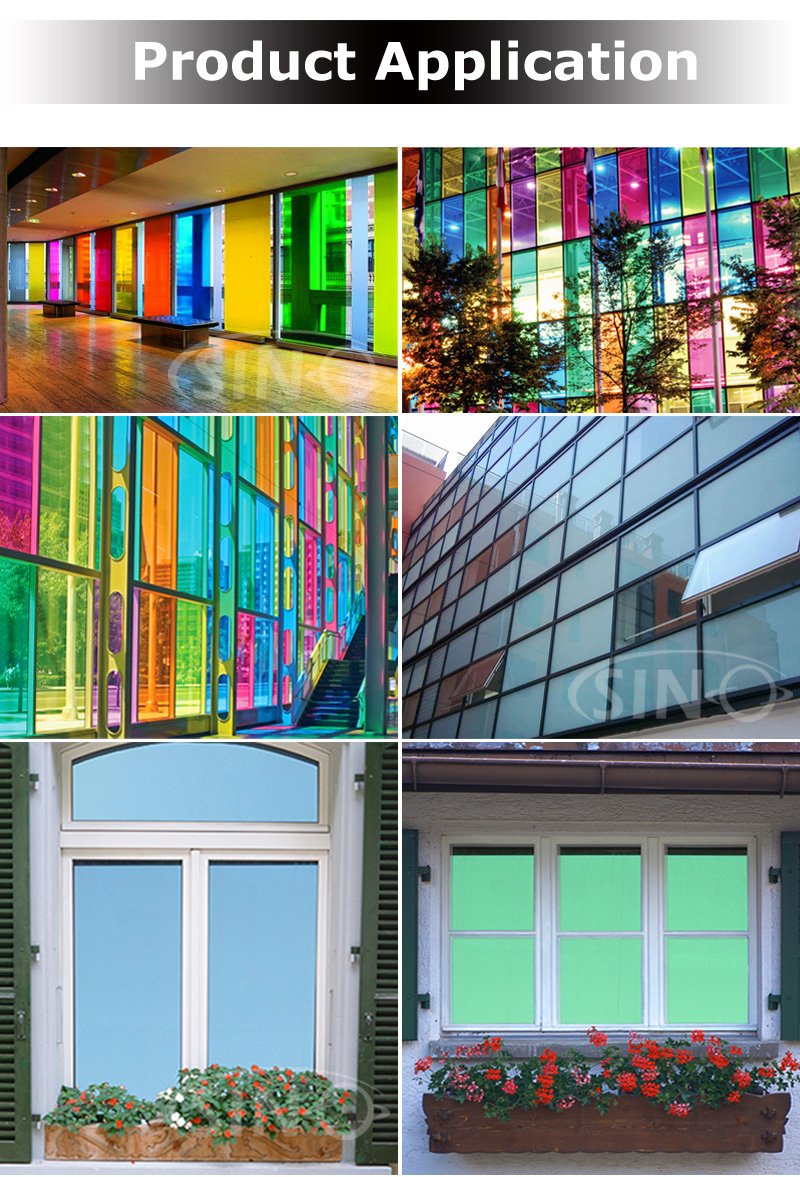
Exploring the Privacy Benefits of Window Glass Films
Window glass films offer a range of benefits for both residential and commercial settings. Here are some key benefits of using window glass films:
- Privacy: Window glass films provide enhanced privacy by obstructing the view into your space from the outside while maintaining visibility from the inside. This is particularly useful for rooms like bathrooms, offices, or conference rooms.
- UV Protection: Window glass films can block a significant amount of harmful ultraviolet (UV) rays from entering your space. UV rays can cause fading of furniture, flooring, and artwork, as well as pose risks to human health. By reducing UV exposure, window glass films help preserve the integrity of your interiors and protect your skin from UV damage.
- Glare Reduction: Window glass films can minimize glare caused by direct sunlight, especially in rooms with large windows or in office spaces with computer screens. By reducing glare, window glass films create a more comfortable and productive environment.
- Energy Efficiency: Certain window glass films are designed to improve energy efficiency by reducing heat transfer through the glass. They can help keep your space cooler in the summer and retain heat in the winter, leading to potential energy savings and reduced utility bills.
These benefits make window glass films a versatile and practical solution for improving the functionality, comfort, and aesthetics of your windows while providing additional advantages such as privacy, UV protection, and energy efficiency.
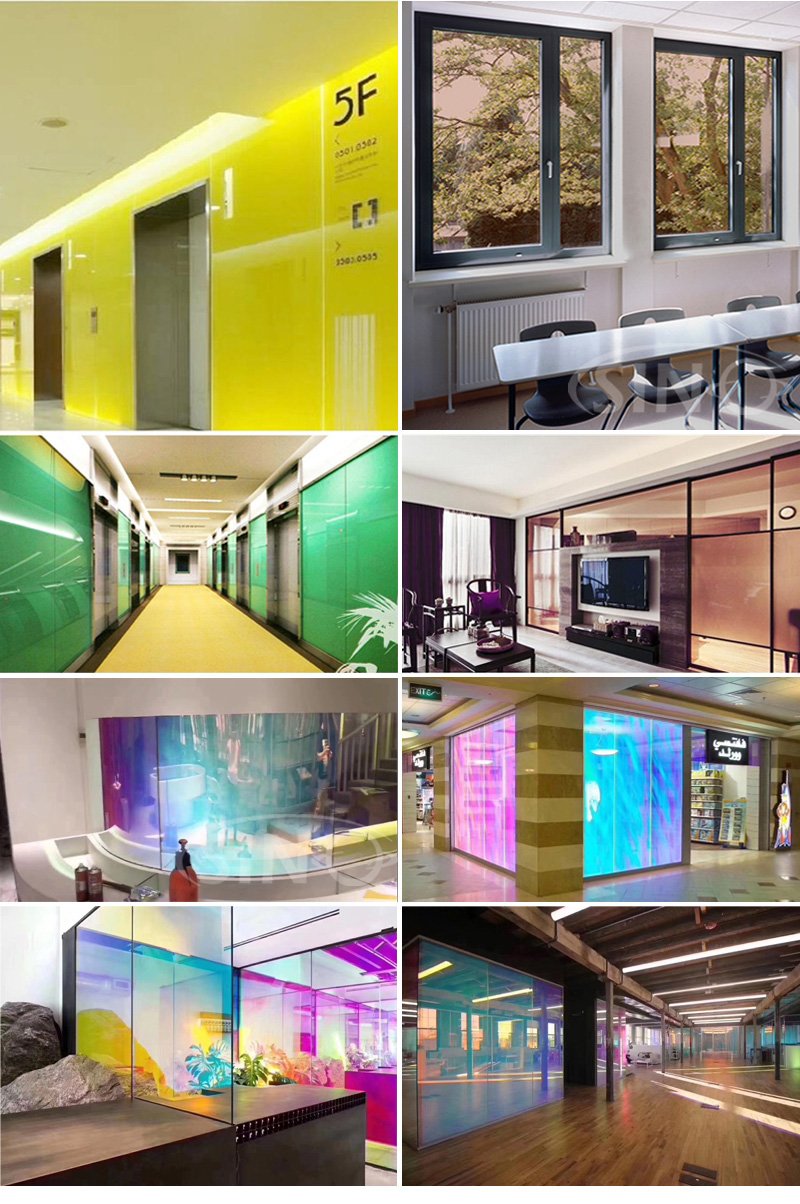
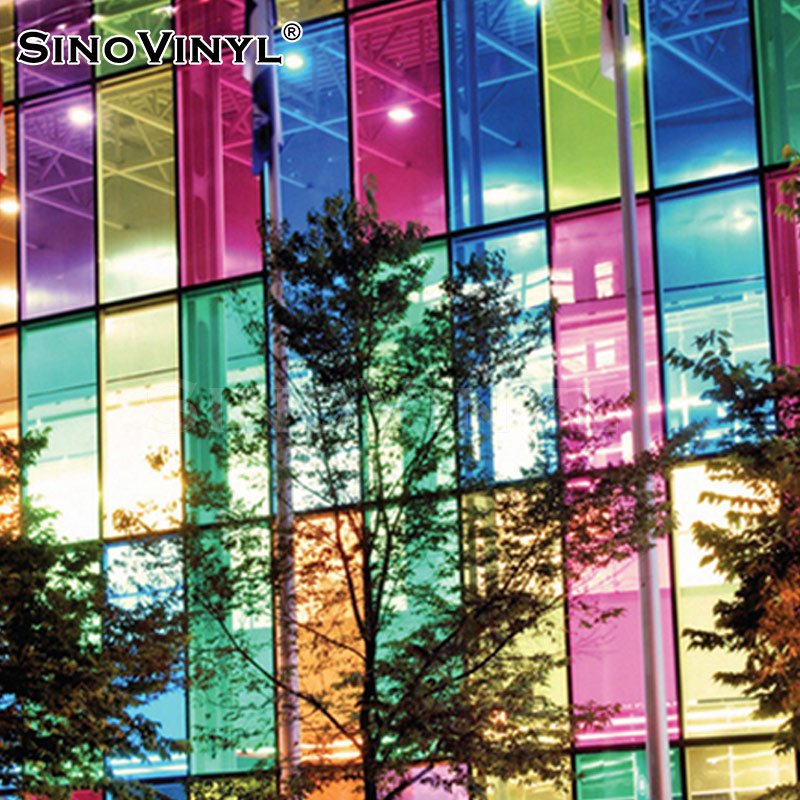
Adding Style and Elegance to Your Space with Decorative Window Glass Films
By incorporating decorative window glass films, you can transform plain, ordinary windows into stunning focal points that reflect your personal style and elevate the overall aesthetics of your space. These films provide a cost-effective alternative to expensive stained glass windows or custom-designed glass panels.
By incorporating decorative window glass films, you can effortlessly add style, elegance, and a touch of personality to your space. Whether you want to create a more intimate atmosphere in your home, enhance the professional look of your office, or add a unique design element to a retail space, decorative window glass films offer a versatile and visually appealing solution.
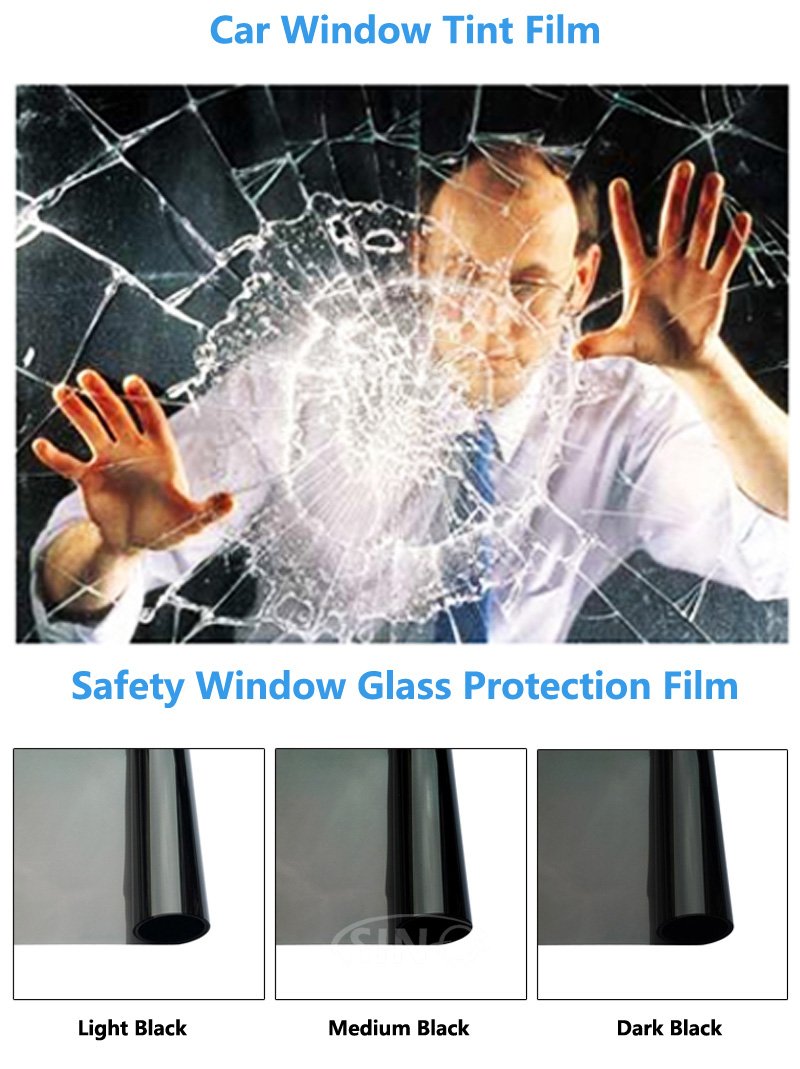
Step-by-Step Guide to Installing Window Glass Films
Step 1: Gather the necessary materials
- Window glass film
- Spray bottle filled with water and a few drops of dish soap
- Squeegee or credit card
- Utility knife or scissors
- Measuring tape
- Clean cloth or microfiber cloth
Step 2: Measure and cut the film
- Measure the dimensions of your window and add an extra inch to each side.
- Unroll the window glass film and lay it on a flat surface.
- Use a utility knife or scissors to cut the film to the measured size.
Step 3: Clean the window
- Thoroughly clean the window surface to ensure there is no dust, dirt, or debris.
- Use a clean cloth or microfiber cloth along with a glass cleaner to wipe the window clean.
Step 4: Prepare the film for installation
- Fill a spray bottle with water and add a few drops of dish soap.
- Spray the entire adhesive side of the film with the soapy water solution. This will allow you to reposition the film if needed during installation.
Step 5: Install the film
- Peel the backing off the window glass film, exposing the adhesive side.
- Spray the adhesive side of the film with the soapy water solution to prevent sticking.
- Align the film with the top of the window and slowly lower it onto the glass, ensuring it covers the entire window surface.
- Use your hands to smooth out the film from the center to the edges, removing any air bubbles or wrinkles.
Step 6: Trim the excess film
- Use a utility knife or scissors to trim the excess film from the edges of the window, leaving a small gap of about 1/16 to 1/8 inch.
Step 7: Squeegee out the water
- Starting from the center of the window, use a squeegee or credit card to push out any excess water or air bubbles towards the edges of the film.
- Work your way from the center to the edges, ensuring a smooth and bubble-free installation.
Step 8: Dry and finalize the installation
- Use a clean cloth or microfiber cloth to gently dry the window glass film and remove any remaining moisture.
- Inspect the film for any missed air bubbles or imperfections and use the squeegee or credit card to remove them.
(Click the picture to get the product)
Final Words
In conclusion, embracing window glass films for modern living is a step towards transforming your space into a stylish, functional, and energy-efficient environment. By following the step-by-step guide to installation, you can easily enhance privacy, add elegance, and improve energy efficiency in your home. Window glass films not only offer practical benefits such as glare reduction and UV protection but also provide creative opportunities for interior design. With their versatile applications and wide range of options, these films allow you to customize your windows according to your unique taste and needs.
So, take the leap into the future, unlock the potential of your windows, and experience the remarkable benefits that window glass films have to offer in creating a more comfortable and contemporary living space.

